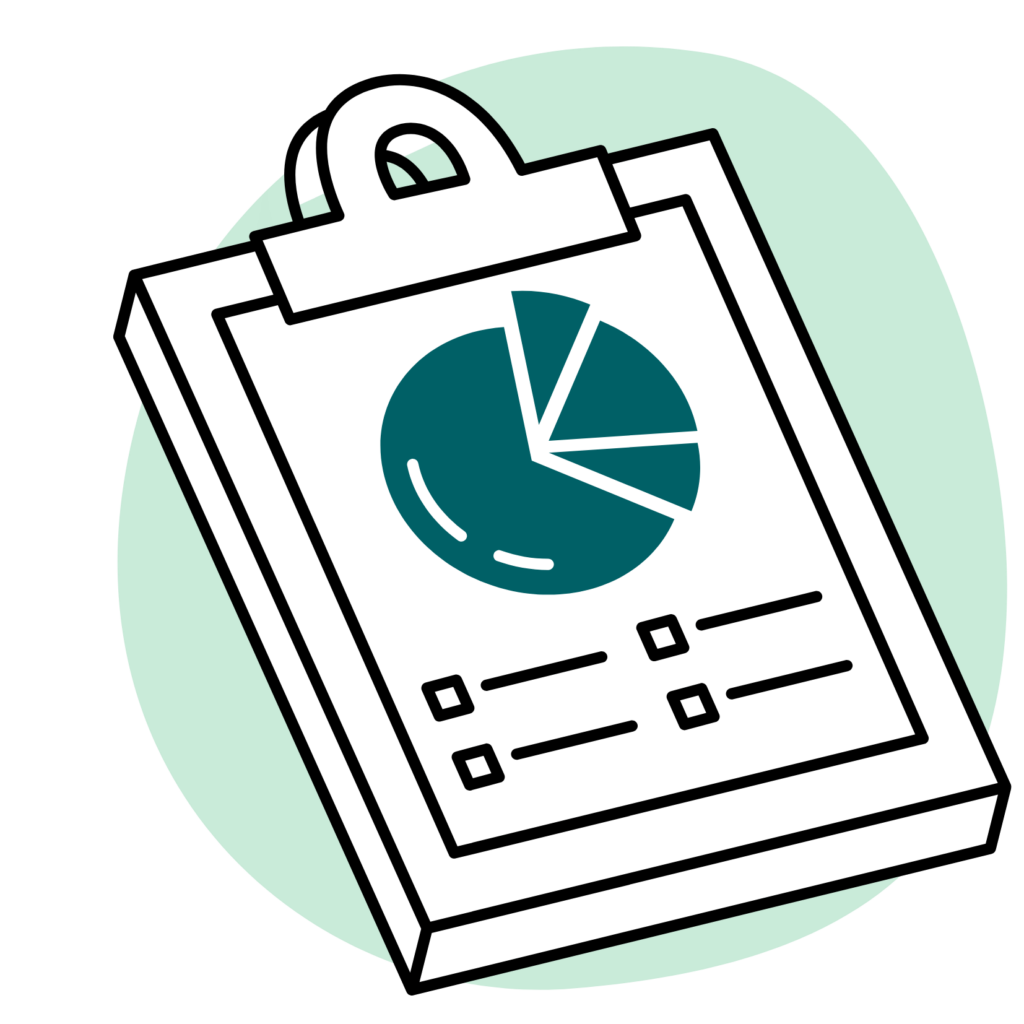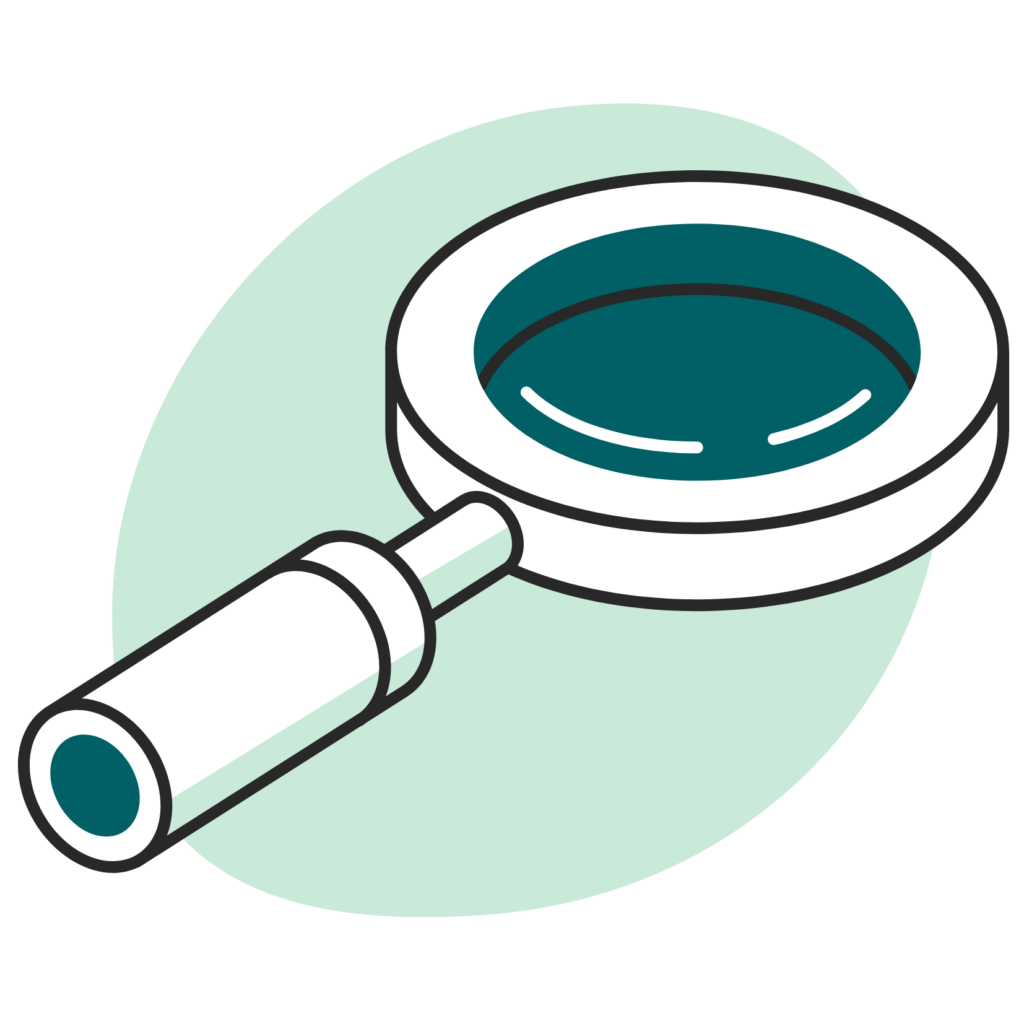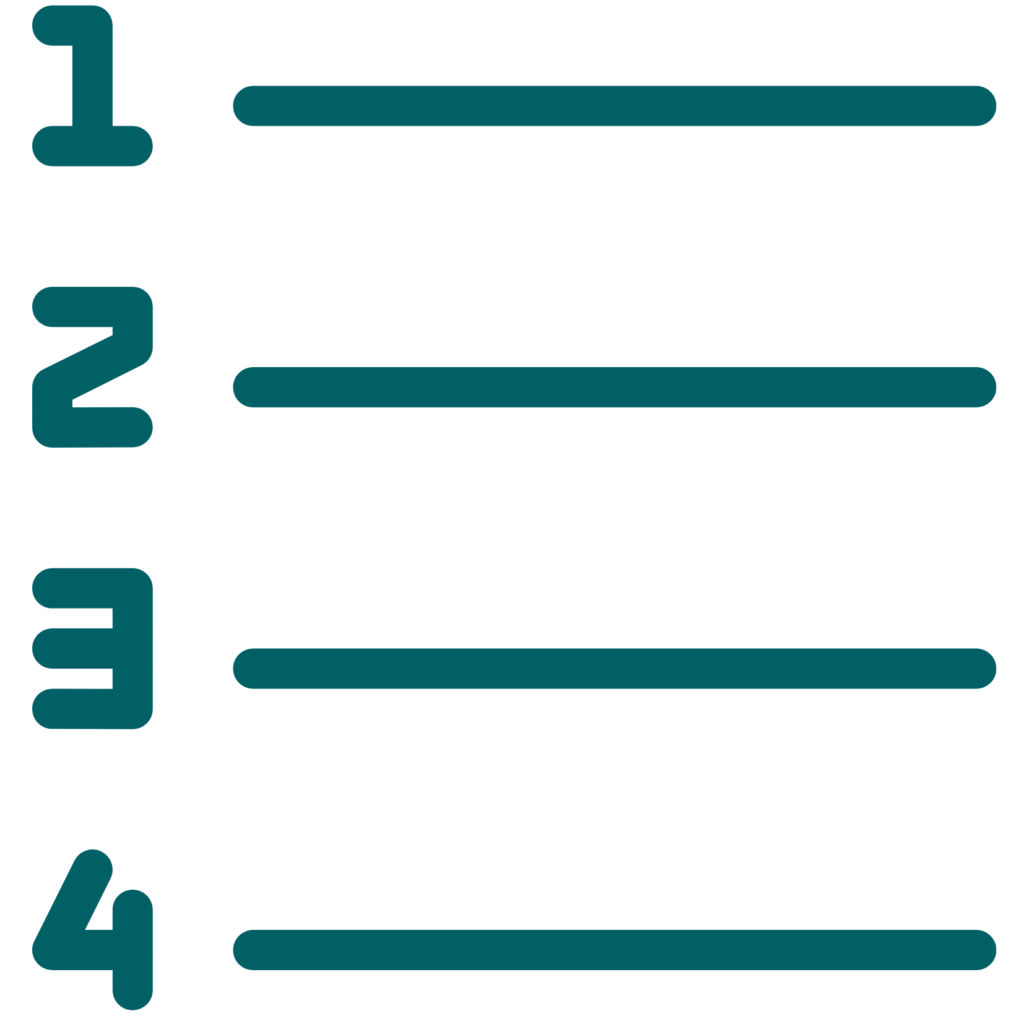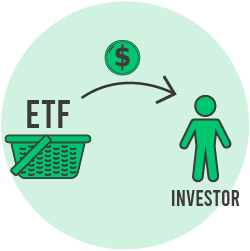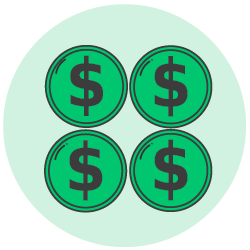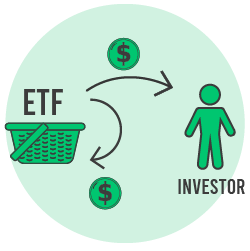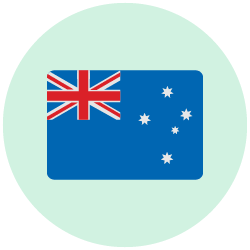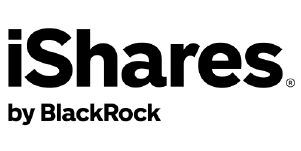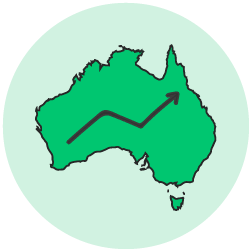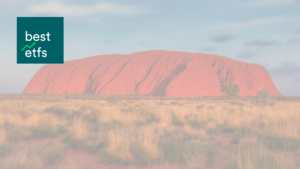iShares S&P/ASX 20 ETF (ASX:ILC)
The iShares ILC ETF provides exposure to the largest 20 Australian stocks, giving you targeted exposure to Australian blue-chip companies. This is a low-cost way to access top Australian companies through a single fund.
ILC ETF review
ILC share price and fees
ILC fees
Analyst report
The iShares S&P/ASX 20 ETF (ASX: ILC) is a large Australian Shares ETF that targets blue chip companies on the Australian market. However, ILC is substantially less popular than the ASX’s biggest ETF, Vanguard Australian Shares Index ETF (ASX: VAS). If you like ILC, you really should read our full analyst report for VAS.


ILC: lots of exposure to blue chip ASX shares
The ILC ETF has a reasonably low management fee compared to many other ETFs on the ASX, but it’s not as cheap as VAS and the most popular Australian shares ETFs. ILC’s yearly management fee is 0.24%. This means that with every $10,000 investment, the annual cost is $24 of management fees. It’s cheap, but there are cheaper options.
ETFs don’t charge investors fees that come out of your bank account. Instead, management costs are taken out of the value of the fund automatically by the ETF provider, which in this case is Blackrock/iShares for ILC.
If you’re thinking about getting exposure to the largest ASX shares, ILC is more expensive than the BetaShares Australia 200 ETF (ASX: A200) which has a management fee of just 0.07%. While the first 20 names in the ILC ETF and A200 portfolios are very similar, ILC has bigger positions in the top 20 because the portfolio is spread across a smaller number (20) of businesses than A200 (which has 200).
In other words, for investors wanting concentrated exposure to the biggest ASX businesses for, say, dividend income, ILC could be an obvious investment. However, consider that A200 and VAS give investors more diversification.
Which index does the ILC ETF track?
The ILC ETF is built to track the S&P/ASX 20 ETF (ASX: XTL) – this is 20 of the biggest businesses that are listed on the ASX.
Compared to the S&P/ASX 300 Index (ASX: XKO), the index the Vanguard VAS ETF tracks, the first 20 companies are the biggest and exactly the same as the ILC ETF. Meaning, VAS owns the same 20 companies as ILC — but there’s another 280 businesses in the VAS ETF.
Alternatives to the ILC ETF
The ASX is a top-heavy and concentrated market. Meaning, the largest companies on the ASX are much bigger than the smallest companies. This means it ‘top heavy’. However, the ASX is also concentrated to the banking/financials and resources sectors.
Considering how much of the main ASX indices (like the ASX 200 and ASX 300) the ASX 20 businesses make up, you could choose to get similar exposure to ASX blue chips through some of the most popular ASX ETFs as part of a ‘Core’ ETF like VAS, A200, IOZ, STW, MVW, etc. We have listed some of them here, so you consider how they are different or similar. You can also watch our in-depth video: ‘top 5 Australian shares ETFs explained‘.
- Vanguard Australian Shares Index ETF (ASX: VAS) – VAS is the biggest ETF when it comes to how much money people have invested into the ETF (otherwise known as “FUM” or funds under management). There is more capital invested in VAS than in the ILC ETF or any other of the alternatives listed below. VAS can be more volatile than ILC because of its exposure to smaller businesses (it has ~300 shareholdings), but ILC also has a bigger weighting to major resource shares (like BHP, Rio Tinto, etc.), which can be more volatile than other industries. Meaning, ILC’s performance can depend on what’s happening within the resources sector — which is dependent on what’s happening with commodities prices like iron ore. At the date of this report, the VAS ETF had a yearly management fee of 0.10%, though this may decline in coming years as Vanguard’s scale benefits increase and cost savings are passed back to investors in the form of lower management fees.
- BetaShares Australia 200 ETF (ASX: A200) – this ETF tracks 200 of the biggest businesses in Australia. It also has the largest businesses as its biggest weightings inside the portfolio. A200 has the lowest annual cost for an ASX ETF, just 0.07%.
- iShares Core S&P/ASX 200 ETF (ASX: IOZ) – IOZ is another ETF offered by Blackrock / iShares. But, instead of 20 holdings, it has 200. Like the two alternatives above, the largest 20 holdings within IOZ are the same within ILC. But, IOZ comes with more diversification because it has an extra 180 positions. IOZ has an annual management fee of 0.09%.
- Vanguard Australian Shares High Yield ETF (ASX: VHY) – the VHY ETF typically has between 65 to 80 businesses. VHY is different because it targets large ASX shares that have a high dividend yield. Therefore, if you are considering the ILC itself because it might pay stable dividends, it’s worth comparing VHY alongside it because it has more diversification than the ILC ETF. However, VHY has a slightly higher fee of 0.25% per year.
Can ILC be a “Core” ETF?


If you’re building out your Core, we believe ILC seems like a more expensive way to get exposure to ASX blue chips than the broad alternatives. Especially considering VAS, A200 and IOZ are predominately weighted to those big Australian companies but include more shares — for lower fees.
With an annual fee of 0.24%, ILC’s costs are noticeably higher than VAS, A200 and IOZ. What’s more, smaller businesses may be able to provide more growth potential over time, meaning that ILC could deliver less capital growth, though higher dividend income, than is possible from IOZ and others.
ILC may be most suitable as a tactical or satellite position to weight a diversified portfolio towards financials and resources. However, please keep in mind that owning both ILC and one of the broad-based alternatives (such as VAS, IOZ or A200) may create unnecessary overlap.
ILC largest positions (November 2022)
- BHP Group Ltd (ASX: BHP)
- Commonwealth Bank of Australia (ASX: CBA)
- CSL Ltd (ASX: CSL)
- National Australia Bank Ltd (ASX: NAB)
- Westpac Banking Corp (ASX: WBC)
- Australia and New Zealand Banking Group (ASX: ANZ)
- Woodside Energy Group Ltd (ASX: WDS)
- Macquarie Group Ltd (ASX: MQG)
- Wesfarmers Ltd (ASX: WES)
- Telstra Group Ltd (ASX: TLS)
ILC dividend yield
Given the diversified nature and long-term preference for blue chip Australian companies to pay generous dividends, ILC investors could expect a sustainable dividend yield of between 3% and 5% per year, plus some franking credits, with occasional ebbs and flows depending on the economic and resources cycles.
⚠️ Beware of the “historical yield” figures shown on the ETF provider or ASX websites ⚠️
Remember that in Australia ETFs are required to pay back ‘capital gains’ as well as dividend income from companies. So, when an ETF’s distribution is paid to ETF investors you will receive an ‘income’ amount (from the dividends generated by companies inside the ILC ETF) and capital gains (from buying and selling by the ETF). Therefore, the ‘historical yield’ figure amount is not a true reflection of the sustainable income potential of an ETF because you are, in effect, getting some of your investment back.
Lesson: the sustainable amount of income an ETF will generate over many years should exclude capital gains amount paid back to investors as they are not always tax effective.
Practical tip: study the types of distributions paid by an ETF, consider the types of companies it is invested into, and do not rely solely on the ‘historical yield’ figures on our website, the ETF provider’s website or the ASX website.
Risks
The risk level of the ILC ETF is fairly similar to other ASX-focused ETFs, such as VAS, IOZ or A200 because the ILC portfolio weightings are not that different. However, compared to bond or cash ETFs, the ILC ETF is likely to be more volatile (which is seen as riskier) over the long term.
You may want to keep in mind that ILC is significantly weighted to companies that make money within Australia. With only 20 positions, ILC could be seen as a big bet on Australia’s iron ore sector and domestic banking sector – two things that Australia is good at but can be cyclical.
There is a lot of concentration on resources and financials within ILC, so investors could benefit from diversification by choosing an option, or options, that provide exposure to the international share market (VGS, IVV, IOO, etc.)
To view the full range of ETFs available on the ASX, click here. Or to join us inside Rask Core 🌏 and get all of our premium ASX research and model portfolios, click here.
Fee comparison
What does the ILC ASX ETF invest in?
ILC invests in Australian shares, which offer growth and income potential. You could buy all of these companies yourself using a share brokerage account, but that would be a very expensive and time-consuming process. ETFs are an effective way to invest in an entire sector through a single trade.
What do investors use the ILC ETF for?
The iShares ILC ETF could be used by investors looking to gain focused exposure to Australia’s largest public companies. These Australian companies are likely to grow their profits over time and have a track record of paying regular tax-effective dividends for their shareholders.
How to buy the ILC ETF
A portfolio FULL of our best ETF ideas
Click the button to discover how you can create one account and get an automated professionally managed ETF portfolio.
ILC investor starter pack
ILC literature
ILC holdings
ASX: ILC’s dividend 2021
When does ILC pay a dividend?
ILC dividend reinvestment plan (DRP)
Warnings we apply to the ILC ETF
ILC tax domicile
ILC ETF registry
Fund issuer
Australian shares sector data
How ILC compares:
Latest ETF News
*The warnings on this page are applied by our ETF research team. Please know that these warnings are based on quantitative metrics and our internal methodology. These risks are not exhaustive and therefore they should not be relied upon. Always read the PDS of the function and speak to your financial adviser before acting on this information.
The Best ETF in Australia?
We’ve found the ONE ETF that could rule them all…
Right now, there are 200+ ETFs on the ASX. Then there are index funds. Hundreds of managed funds. LICs. REITs. And everything in between. Wouldn’t it be nice to make ONE investment and build the strong Core of your portfolio — with just one click?
Rask’s lead ETF research analyst and investing team have identified our #1 ETF for 2021 and beyond. Our analyst team has put together a full research report and a step-by-step investment guide to buying this ETF.
Best of all: The report is totally free and will be sent via email.

Unsubscribe anytime. Read our Terms, Financial Services Guide, Privacy Policy. We’ll never sell your email address. Our company is Australian-owned.
